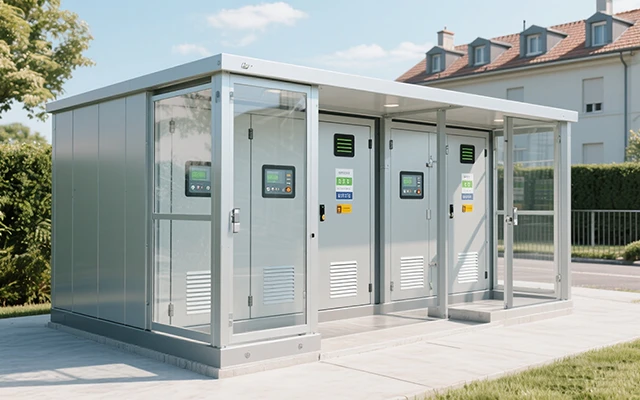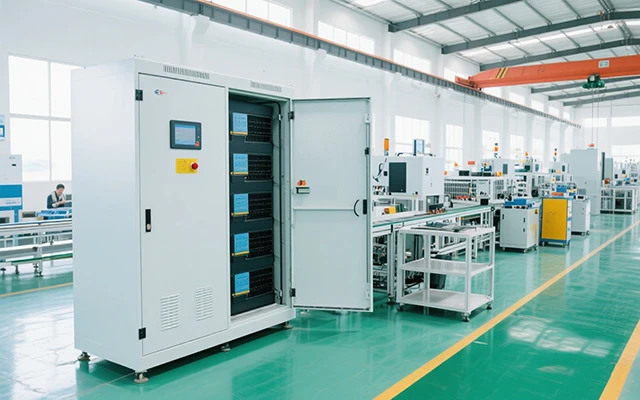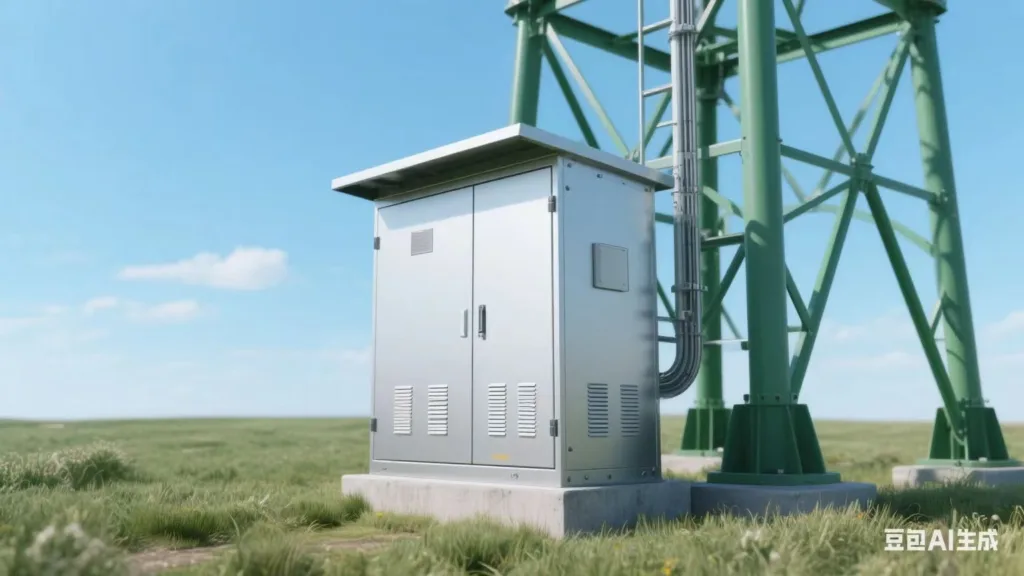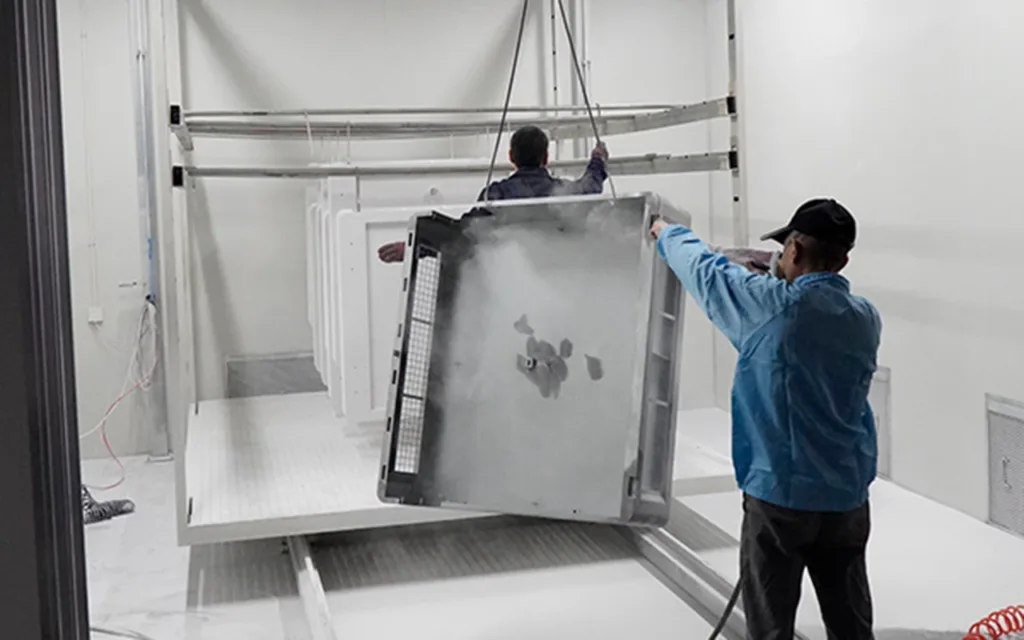As Europe accelerates its transition to renewable energy, outdoor energy storage cabinets have become a cornerstone of the region’s energy ecosystem. From residential rooftops to industrial facilities, these robust systems bridge the gap between intermittent solar and wind power and consistent energy supply. This article explores their current applications, market demands, and why Chinese manufacturers are emerging as key players.
1. Application Status of Outdoor Energy Storage Cabinets in Europe
Outdoor energy storage cabinets are transforming how Europe harnesses and uses energy, with adoption spanning three key sectors:
– Residential Solar Integration: In Germany, France, and the Netherlands—leaders in rooftop solar—households pair solar panels with outdoor storage cabinets to maximize self-consumption. For example, a typical German home with a 5kW solar system uses a 10kWh outdoor cabinet to store excess daytime energy, cutting grid reliance by 40-60% and slashing electricity bills.
– Commercial & Industrial (C&I) Peak Shaving: Shopping malls, factories, and office parks use large-scale outdoor cabinets to manage peak-hour energy costs. A logistics hub in Poland, for instance, deployed 500kWh modular cabinets to reduce peak demand charges, saving over €30,000 annually. These systems integrate seamlessly with existing grids, offering flexible scaling as energy needs grow.
– Remote Microgrids: Nordic islands and Eastern European rural areas rely on outdoor cabinets to stabilize off-grid power. In the Faroe Islands, a 2MWh storage system paired with wind turbines ensures 24/7 electricity for 500+ households, eliminating dependence on diesel generators.
2. European Market Demand & Key Characteristics
Europe’s demand for outdoor energy storage cabinets is shaped by unique priorities:
– Regulatory Rigor: Strict standards (e.g., CE, IEC 62133) mandate fire resistance, temperature tolerance (-20°C to 50°C), and long lifespans (10+ years). Cabinets must withstand harsh climates—from Scandinavian snow to Mediterranean heat—driving demand for weatherproof, corrosion-resistant designs.
– Sustainability Focus: European buyers prioritize low-carbon production and recyclable materials. Cabinets using lithium iron phosphate (LFP) batteries, which have lower environmental impact than nickel-based alternatives, are increasingly preferred.
– Customization for Diverse Use Cases: Residential users need compact, plug-and-play systems (5-20kWh), while industrial clients require high-capacity, modular setups (100kWh+). Smart features like app-based monitoring and grid synchronization are also in high demand.

Community Engagement and Social Initiatives
3. China’s Manufacturing Edge in Outdoor Energy Storage
Chinese manufacturers dominate global energy storage production, offering distinct advantages for the European market:
– Scale & Cost Efficiency: A mature supply chain—from battery cells to cabinet assembly—enables mass production at competitive prices. Chinese firms like CATL and BYD can deliver 10kWh residential cabinets at 15-20% lower costs than European counterparts, without compromising quality.
– Technological Innovation: Chinese R&D focuses on safety and efficiency. Advanced battery management systems (BMS) prevent overcharging/discharging, while thermal management systems ensure performance in extreme temperatures—critical for Europe’s climate diversity.
– Compliance & Local Support: Leading Chinese brands hold CE, TÜV, and UL certifications, meeting EU regulations. Many have established European offices (e.g., in Germany, Spain) to provide fast after-sales service, addressing logistics and maintenance concerns.

Conclusion
Europe’s shift to renewable energy makes outdoor storage cabinets indispensable. With strict standards and diverse needs, the market favors reliable, innovative solutions—an area where Chinese manufacturers excel. As Europe continues its green transition, these partnerships will drive a more sustainable, cost-effective energy future.





